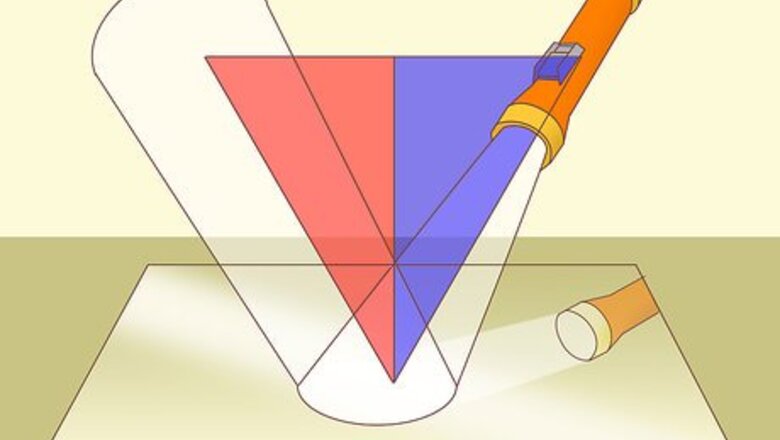
views
Predicting the Angle a Ball will Bounce off a Rail
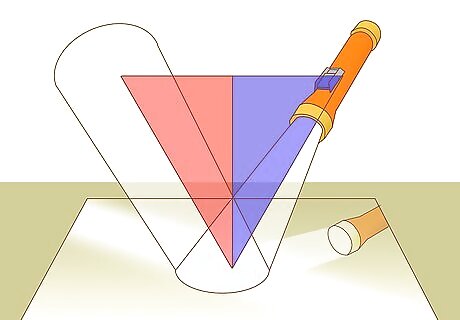
Understand the law of reflection. Many pool players already know this simple mathematical lesson, since it comes up every time you carom the cue ball off a rail. This law tells you that the angle at which the ball strikes the rail is equal to the angle the ball bounces off at. In other words, if the ball approaches the rail at a 30º angle, it will bounce off at a 30º angle as well. The law of reflection originally refers to the behavior of light. It's usually written "the angle of incidence is equal to the angle of reflection."
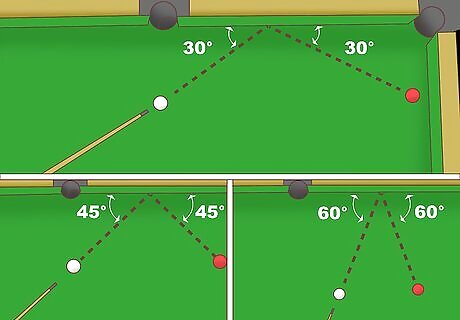
Set up the cue ball and object ball equidistant from the rail. In this scenario, the goal is to carom the cue ball off the rail, and have it return to strike the object ball. Now set up a basic geometry problem as possible: Imagine a line from the cue ball to the rail, intersecting at right angles. Now imagine the cue ball traveling to the rail. This path is the hypotenuse of a right triangle, formed by your first line and a section of the rail. Now picture the cue ball bouncing off and hitting the object ball. Mentally draw a second right triangle pointing the opposite direction.

Prove the two triangles are congruent. In this case, we can use the "Angle Angle Side" rule. If both triangles have two equal angles and one equal side (in the same configuration), the two triangles are congruent. (In other words, they are the same shape and size). We can prove that these triangles meet these conditions: The law of reflection tells us that the two angles between the hypotenuses and the rail are equal. Both are right triangles, so they each have two 90º angles. Since the two balls started equidistant from the rail, we know the two sides between the ball and the rail are equal.
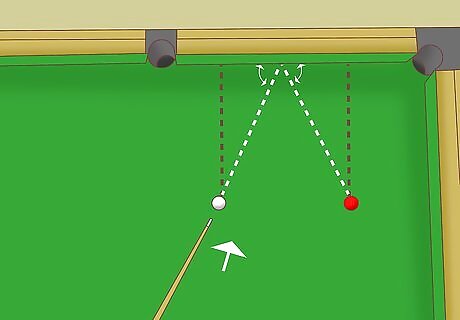
Aim at the midpoint of the rail section. Since the two triangles are congruent, the two sides that lie along the rail are also equal to each other. This means the point where the cue ball strikes the rail is equidistant from the two starting positions of the ball. Aim for this midpoint whenever the two balls are an equal distant from the rail.
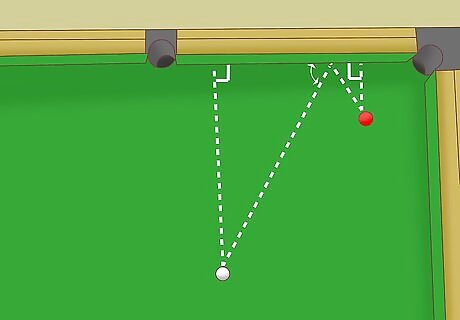
Use similar triangles if the balls are not equidistant from the rail. Let's say the cue ball is twice as far from the rail as the object ball. You can still picture two right triangles formed by the cue ball's ideal path, and use intuitive geometry to guide your aim: The two triangles still share the same angles, but not the same lengths. This makes them similar triangles: same shape, different sizes. Since the cue ball is twice as far from the rail, the first triangle is twice as large as the second triangle. This means the first triangle's "rail side" is twice as long as the second triangle's "rail side." Aim for a point on the rail ⅔ of the way to the object ball, since ⅔ is twice as long as ⅓.
Calculating the Angle to Strike an Object Ball
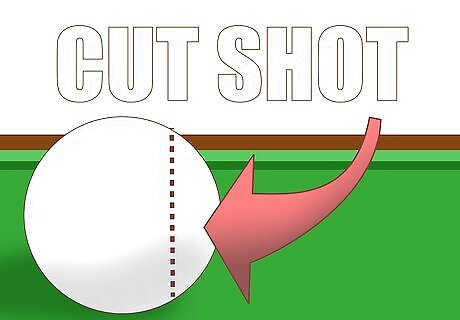
Learn the basics. Most shots in pocket billiards are angle shots or "cuts," meaning the cue ball does not strike the object ball dead on. The "thinner" (more glancing) the collision is, the greater the angle the object ball will travel at, relative to the trajectory of the cue ball.
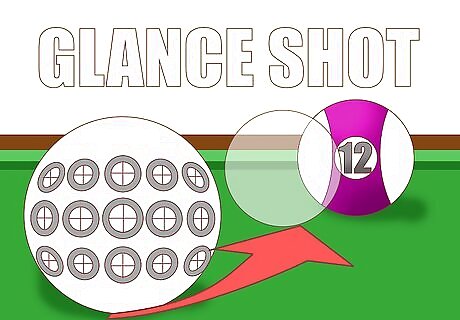
Estimate the fullness of the hit. An excellent way to estimate this effect is to sight along the planned trajectory of the ball. At the moment of collision, how much will the cue ball "overlap" the object ball from your perspective? The answer tells you how "full" the collision is: A dead-on shots overlaps completely. You could say it has a "fullness" of 1. If the cue ball covers ¾ of the object ball, the hit is ¾ full.
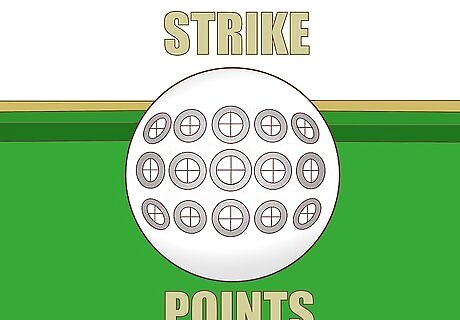
Predict the angle based on the fullness. The graph of these two quantities is not quite linear, but it's close enough that you can estimate by adding 15º every time you subtract ¼ fullness. Alternatively, use these more accurate measurements: A direct hit (fullness 1) results in a cut angle of 0º. The object ball continues along the same path as the cue ball. A ¾ shot sends the object ball out at 14.5º. A ½ shot sends the object ball out at 30º. A ¼ shot sends the object ball out at 48.6º. Instill strong fundamentals through clear physics lessons. "As a beginner trying to grasp the geometry of aiming shots, I loved how this broke down the math behind angles of incidence and reflection. Practicing these fundamental techniques at my local pub will build a strong foundation for my game." - Tom S. Master intricacies of angles with intuitive visuals. "The illustrations showing shot triangles and ghost balls brought instant clarity to aiming intricacies I’ve struggled with. Now, complex concepts like gearing and throwing make sense visually. My understanding has leveled up thanks to these clear physics explanations." - Eddy B. Reinforce straight shooting with basic principles. "As an experienced player, I’d gotten away from proper technique with all the 8-ball and 9-ball shot requests. Reviewing core concepts like speed control and the effects of English revived my love for precision shooting. I’m ready to school my neighbors on fundamentals again!" - Ron C. Internalize effects of collision angles through examples. "I had trouble visualizing how shot angles influence the paths of balls after impact. The tips here explained it perfectly using different collision angles. Now, I can apply that 90-degree principle to aim better-angled shots." - Ricardo G. Have a story our readers should hear? Share it with 1 billion+ annual wikiHow users. Tell us your story here.
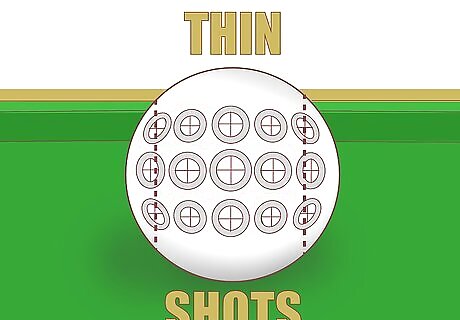
Use caution for very thin shots. Past ¼ fullness, it becomes difficult even to estimate how much of the ball is covered. More importantly, the cut angle rises more and more steeply, so tiny errors can have large effects. These glancing shots require plenty of practice and good technique even once you've figured out where to aim. If you can, look for another shot you can take.
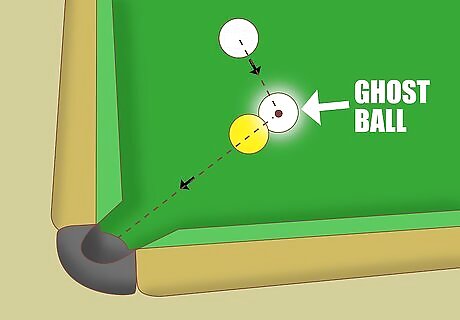
Aim with the ghost ball method instead. If the description of fullness doesn't help you, try the "ghost ball" approach: Imagine a straight line segment from the pocket to the center of the object ball. Extend this line slightly past the object ball. Imagine a "ghost ball" at this spot, squarely on this line and touching the object ball. To hit the object ball into the pocket, you should aim at the center of the "ghost ball."
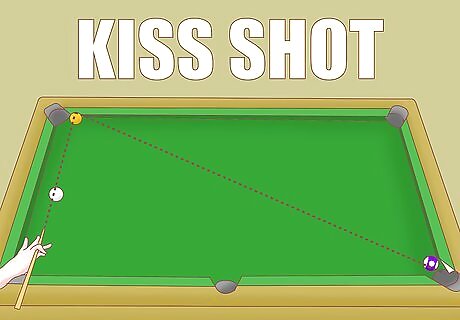
Follow the thirds rule for kiss shots. A kiss shot involves caroming the cue ball off ball A so it can strike ball B. If you're playing a game that allows kiss shots, remember this rule: if ball A is touching a rail, the desired cut angle is ⅓ of the angle formed by the three balls. For example, if the angle with ball A as the vertex is about 45º, the cut angle you want to achieve is about 15º. The fullness rule above tells us that a ¾ full collision should produce this angle.
Using English (Side Spin)

Perfect your stroke first. Consistent stroke form and aim should be your first priorities when you start to take pool seriously. English is a very useful technique, but it has complex effects and you need consistency to practice it. You'll have trouble narrowing down the effects of English (side spin) if you're not also controlling the amount of overspin and slipping. These effects are determined by the height you strike on the cue ball. Slipping is completely eliminated at 2/5 of the distance between the center and the top of the ball, but in practical terms 1/5 of this distance is often a better measure for optimal control and speed.
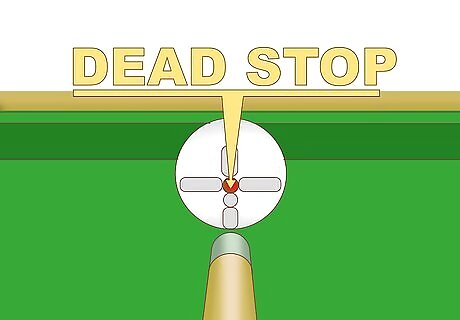
Avoid English when in danger of sinking the cue ball. As long as there is no English, the cue ball will come to a dead stop after a perfect head-on collision. Practice head-on collisions striking the ball with your cue at the midpoint of its horizontal axis. Once you can get the cue ball to stop dead every time, you have enough control to introduce English to your game.
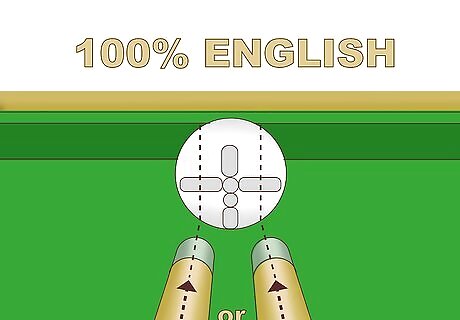
Practice different amounts of English. There are several types of English, but this article sticks to the most basic form. If your cue hits the cue ball left of center, the ball will spin along this axis — this is "left English." When this spinning ball strikes a surface, the spin will cause it to rebound further to the left than a ball with no English. Similarly, striking the right side imparts "right English" and moves rebounds further to the right. The further from center you are, the more dramatic this effect: 100% English or maximum English means you strike halfway between the center and the edge of the ball. This is the farthest from the center you can strike and reliably avoid miscues. 50% English means you strike halfway between the maximum point and the center (¼ of the way from the center to the edge of the ball). You can use any other percentage of English by striking at different points between the center and the maximum point.
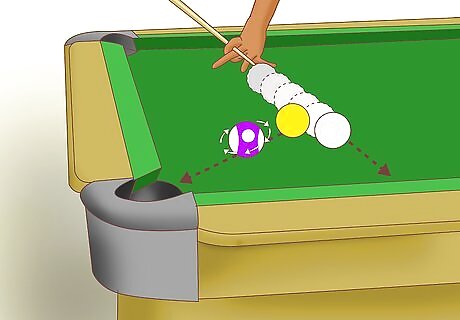
Understand gearing. When two balls collide, the object ball starts rotating around a particular axis, determined by the angle and the amount of English. If you achieve "gearing," this rotation occurs along the axis of movement. In other words, the object ball's motion is not affected by spin. It will travel exactly along the "line of centers," or the line drawn between the centers of the two balls at the moment of impact. The term comes from the analogy of two gears meshing smoothly together, transferring the motion perfectly.
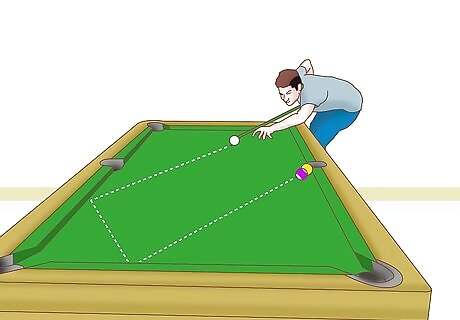
Adjust your English to achieve gearing for any cut. Once you've aimed your angle shot using the fullness or "ghost ball" approaches from the last section, you'd like to ensure that the object ball doesn't pick up any funny spin and ruin your shot. Here's where a chart can save you a lot of trial and error. All numbers below are for "outside English," meaning you move the cue to the side of the cue ball farther from the object ball. If the cut angle is 15º, use slightly more than 20% English. (Remember, the cut angle is the angle between the cue ball's original path and the path of the object ball.) If the cut angle is 30º, use 40% English. If the cut angle is 45º, use about 55% English. If the cut angle is 60º, use about 70% English. As the cut angle approaches 90º, increase English to 80%.
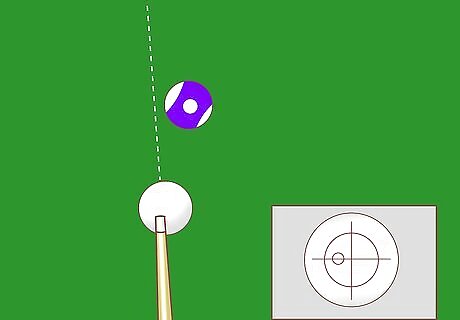
Know the effects of a collision without gearing. If you use less English than the "gearing" amount listed in the last step, the cue ball will slide forward during the collision, transferring side spin to the object ball. The object ball will move slightly to the right of the expected cut angle. If you use more English than the gearing amount, the object ball will move slightly to the left of the expected cut angle instead. This effect is called cut induced throw: the cut angle transferred a spin which threw the ball off the expected path. You can use this to your advantage to make seemingly impossible shots. If your only clear shot would put the ball slightly too far to the right, increase the amount of outside English to throw the ball into the pocket.










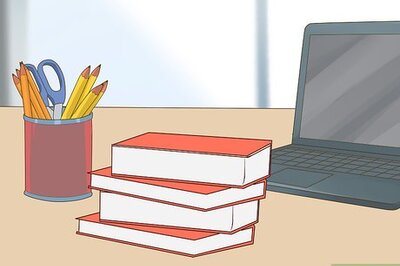



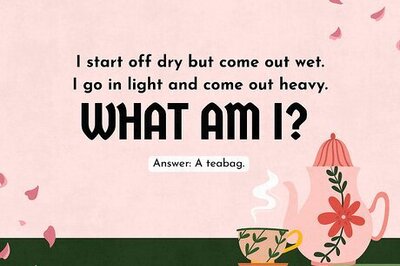
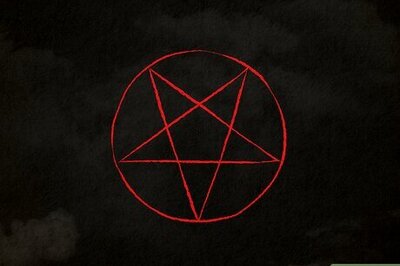
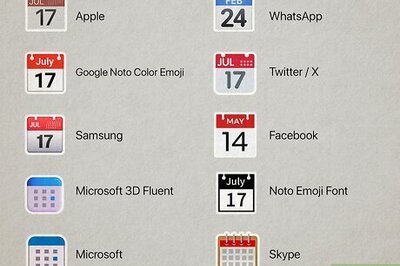


Comments
0 comment